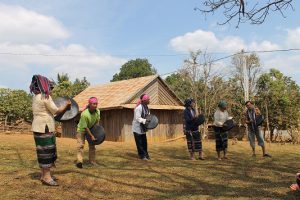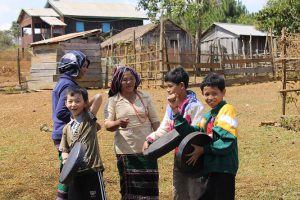Exploration Name: Forest Ecology
Exploration Dates: Oct 7, 2013 – Nov 19, 2013
Number of students: 12
Essential Questions: (1) What is an ecosystem mean? (2) What is a natural resource?
Description: An ecosystem is the living things and the non-living things connecting with each other. The one example is algae. Algae take the sunlight for food and fish eat algae and then people eat fish. This is one connection. In Ecosystems class we had a journey book to take notes or write keywords that we don’t know what that word means. In Ecology class the first topic that we learned was tropical forest. We did not just learn only tropical forests but we also learned a lot of kinds of forests like conifers and others. A tropical forest is the forest that has rain a lot all year. We also learned about ecological relationships. Ecological relationships mean that one organism and another organism connect with each other. Ecological relationships are divided in five parts. They are parasitism, commercialism, predator-prey, mutualism and competition. Our Ecology group went to Mondulkiri province to study there. We spent six days at Mondolkiri. We met a lot of people like Bunong people and they played their music to us. Also they teach us how to play the song too.
Bunoung people played their traditionalist music.
Teach Liger students how to play the music
On Saturday we came back to our school and we shared what we learned.


